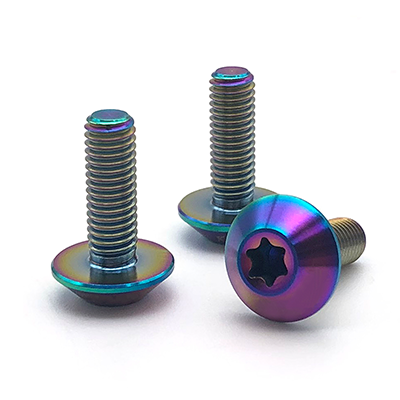Hollow shoulder screws are specialized fasteners used in various industries, including automotive, aerospace, electronics, and machinery, where lightweight components, precise positioning, or specific assembly features are needed. These screws have a hollow, cylindrical shaft with a shoulder, offering both fastening and alignment capabilities. The hollow design allows them to serve in applications where weight reduction, fluid or air passage, or space for wiring or other elements is necessary. Common uses include mounting rotating components, guiding parts that require controlled movement, and supporting electrical or hydraulic assemblies.
One of the key advantages of hollow shoulder screws is their ability to reduce overall weight in an assembly, making them ideal for aerospace, robotics, and other fields where minimizing mass is crucial. The hollow feature also provides a pathway for air, fluids, or electrical wiring, adding functional flexibility to designs. Additionally, the shoulder allows for precise alignment of moving components, reducing friction and wear while maintaining smooth operation. This makes hollow shoulder screws useful in applications involving bearings, pulleys, and other components requiring exact tolerances. The design also allows for easy disassembly, facilitating maintenance and reducing downtime.
The manufacturing process of hollow shoulder screws starts with material selection, often stainless steel, aluminum, or other alloys based on the application’s strength and weight requirements. A CNC machine or lathe is used to form the screw’s shoulder and hollow shaft to exact specifications. The hollow portion is typically drilled or formed using specialized tooling to maintain precise internal and external dimensions. Threading is applied to the lower section, typically through thread rolling or cutting, ensuring a secure fit. Post-machining processes, such as heat treatment, improve the screw’s mechanical properties, and surface treatments like anodizing or plating are applied for corrosion resistance and aesthetic enhancement. This precise manufacturing process ensures the screw meets strict industry standards for quality, performance, and durability.

















